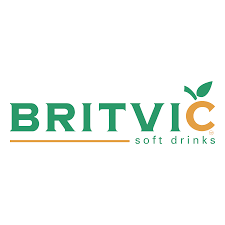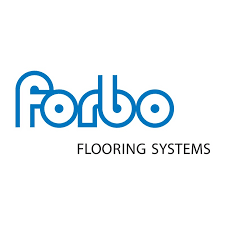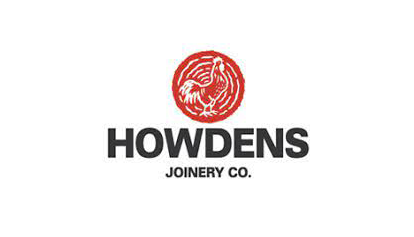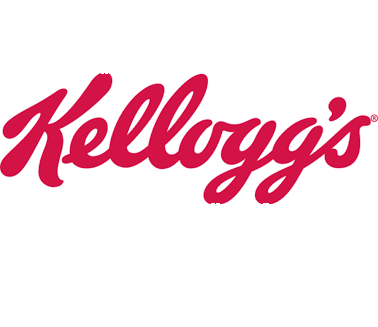
- Details
- Category: Blog
The Operations Director was concerned. The company was making great strides in improving productivity, quality and cost performance yet to the director’s eyes, the Lean revolution had bypassed the maintenance function.
The Director recognised that Maintenance Engineering has a direct impact on 4 out of the 7 Lean wastes and the potential to add value by reducing the other 3 lean wastes as set out in the table below.
|
Evaluating Lean Maintenance Potential
The Operations Director sponsored a working session with Maintenance Leaders to identify how to establish Lean Thinking as part of the maintenance routine.
That included an awareness session covering Reliability Basics, involving working sessions that identified 4 areas where things needed to improve to release the value that maintenance team knew it could deliver. These were.
- Process Stability: Chasing down the causes of accelerated wear and refining basic routines so that they are easy to do right, difficult to do wrong and simple to learn.
- Process Yield: Tracking and reducing the causes of unplanned intervention including early warning of the need to intervene instead of tracking downtime and time to repair.
- Process Flexibility: The reality of business is such that customers will want smaller batches and greater product variety. There are gains to be made from developing the know how to adapt current assets to achieve that.
- Total Manufacturing Cost/Unit: Reducing accelerated wear and improving maintenance quality will extend component life to free up time and reduce unit maintenance costs. It will also increase capacity, reduce energy and material costs.
Implementing Lean Maintenance
The action plan to improve reliability basics then released the time to focus on introducing Lean thinking as part of the future Maintenance Strategy. The Lean Maintenance approach brings together 5 enablers of high levels of reliability and transformations the maintenance role from fixing breakdowns to releasing the full potential of plant and information technology.
- Effective Maintenance Execution In some organisations more than 25% of Planned Maintenance (PM) routines are non-value adding;
- Robust Process Stability through clear condition standards, working methods and spares management processes to release time for…
- Improving Process Resilience through better process monitoring, optimisation and environmental control;
- Increasing flexibility of equipment, process lines and value streams to shifts in demand and new equipment/new product introduction
- Leading daily management actions to systematically target accelerated wear, skill gaps and the causes of reactive maintenance.
The Lean Maintenance strategy provided the road map, benchmark standards and improvement tools to guide the development of Maintenance Team capability to:
- Reduce recurring breakdowns and increase equipment effectiveness.
- Increase machine reliability, optimise maintenance schedules and release maintainer resource to undertake value adding engineering improvements.
- Balance Maintenance team skillsets and Predictive Maintenance capability
- Adopt data driven decision making through better use of CMMS systems and processes
- Establish a proactive continuous improvement "mind-set"
The gains include:
- Asset performance improvement through
- Systemised asset care routines
- Lower product quality defects and energy usage
- Increased stability of component life
- Enhanced departmental work processes including
- Maintenance planning, scheduling and work control
- Problem resolution and Process Optimisation
- Maintenance standard development
- Seamless cross functional collaboration to deal with
- Learning and knowledge gaps
- Accelerated wear and recurring failures
- Progress towards zero targets
The impact was a Lean Maintenance programme which more than doubled the gains from Lean Improvements driven by the maintenance department..
As one convert to the Lean Maintenance approach described it. "Lean Maintenance is a way of creating an efficient skilled team of engineers with a proactive mind-set to support all production cells".
To find out more about the Lean Maintenance approach check out Reliability Basics Awareness sessions for Manufacturing Leaders
Lean Maintenance Strategy 3 day training workshop and the Lean Maintenance Implementation workshop which includes hands on activities on your own shop floor.








